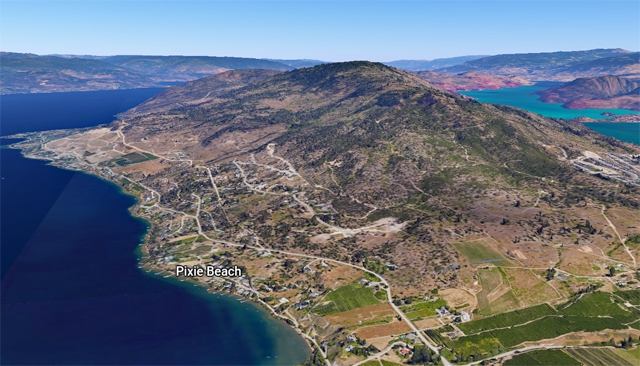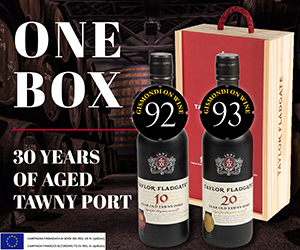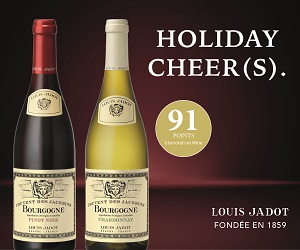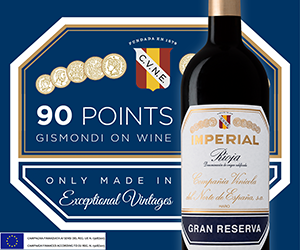British Columbia's system of wine regions based on geographical indications was launched in 2018 with the creation of nine Geographic Indications (GIs) and one sub-GI.
GIs are similar to the appellation systems used in other wine-producing regions. Each has specified boundaries determined by the identification of germane viticultural factors of terroir, such as soils, climatic conditions, existing vineyards, underlying geological sources, growing degree days, and natural features of the landscape. Between 2018 and 2022, eleven more sub-GIs have been added.
The Okanagan Valley GI represents 80% of the province's wine grape output and contains 11 of BC's 12 sub-GIs. Lake Country is the furthest North of these sub-GIs, with a full degree of latitude separating it from the most southerly Okanagan vineyards in Osoyoos. The Lake Country sub-GI was created along with five other sub-GIs in 2022.
Location
The Lake Country demarcated sub-GI is an area of just under 2500 hectares that runs for about 20 kilometres along the eastern shore of Lake Okanagan, and virtually all of it resides inside the district municipality of Lake Country.
Lake Country is no fanciful name. Both the sub-GI and the district are nestled in an interlake stretch of the Okanagan Valley, beginning near Kelowna and running almost to the community of Vernon, 35 kilometres north. Lake Okanagan sets the west boundary, and it's flanked on the east by three lakes named Kalamalka, Ellison, and Wood.
Throughout the length of this interlake area, a central crest of interrelated steep ridges and low mountains effectively parts the area into mainly west or east facing slopes. Virtually all the vineyard lands in the sub-GI face west towards Lake Okanagan. The Lake Country sub-GI boundary describes the area of arable land approximately 1.5 kilometres at its widest and rising to 650 metres above sea level, the limit of where vinifera grapevines can ripen fruit sufficiently to support commercial winemaking.
The northern reach of the sub GI is topped by a boundary that begins at the lakefront just north of Cedar Grove, follows the municipal district boundary for a short distance and then rises to about 600 metres following this upper boundary southward along Ellison Ridge and Spion Kop Mountain. It then descends, near a residential development, crosses Okanagan Center Road, and zigzags through an area of vineyards and residences between Wood Lake and Ellison Lake. Finally, it ascends into rocky uplands again before turning back west and down to connect with the lakeshore just North of McKinley Beach.
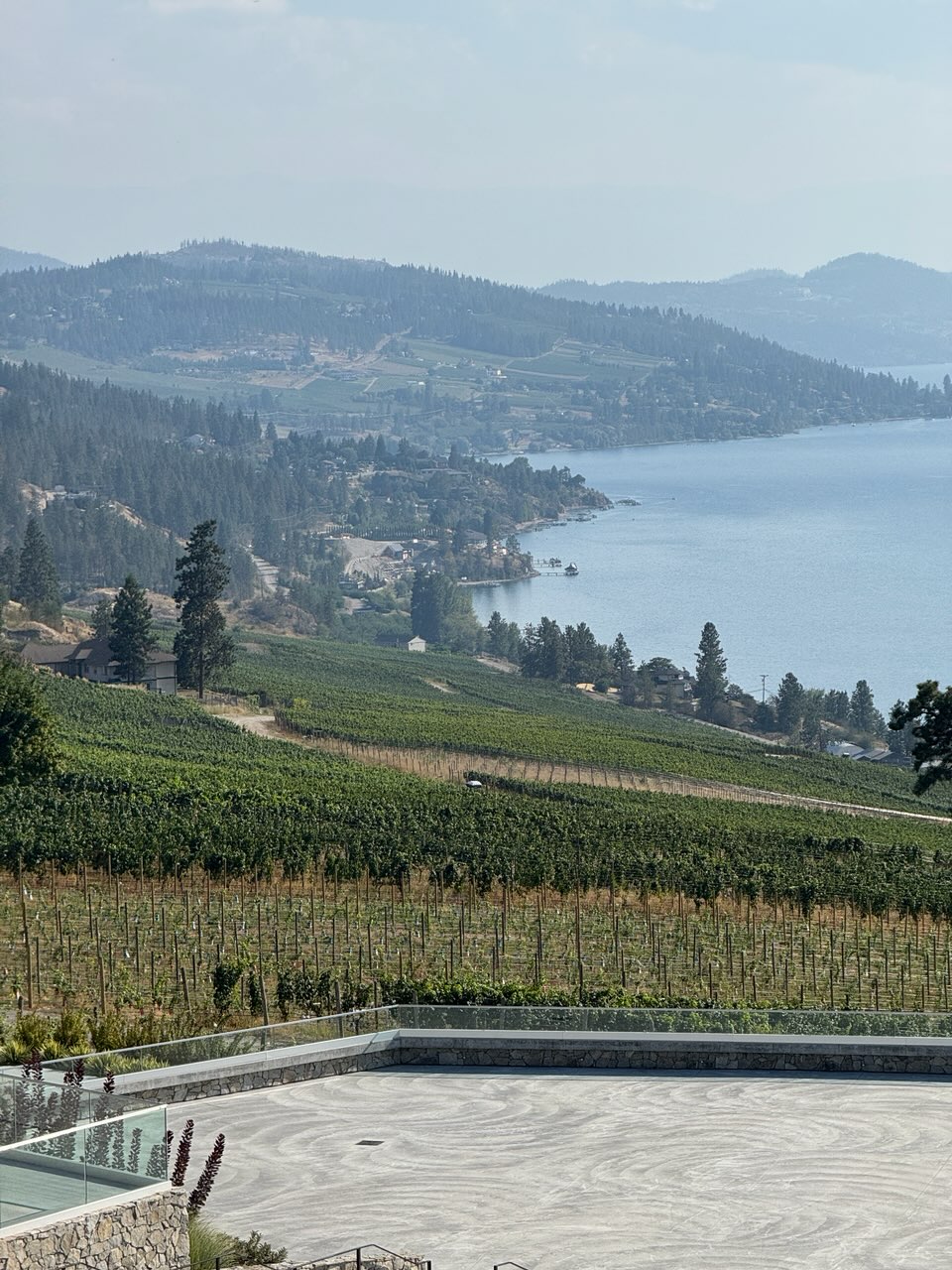
Geologic Sources of Parent Material and Soils
In the geological past, Okanagan Lake and its vicinity were at times covered by over 2 kilometres of ice. These glaciers both scoured the landscape and, most recently (12,000 years ago), produced large amounts of meltwater whose sedimentary presence and movement formed the parent materials for the soils present today. Over a thousand years, these meltwaters formed what was called Glacial Lake Penticton. At times, Lake Penticton was 150 m higher than its current level and stretched from Vernon to Okanagan Falls.
The parent materials from these geological events weather over time to form layers of soil with differing colours, textures, and properties, including pH, water holding capacity, and particle size. There are a variety of distinct soil types in this sub-GI, including silt, sand, clay, or gravel over stony subsoils. The finer-textured soils, composed primarily of silt and clay, are generally stone-free and are found mainly in the escarpments along the lowest elevations (below 100 m) in this region.
Lake Country's Cooler But Sufficient Climate
Though Lake Country is located almost a full degree north of the southern Okanagan region of Osoyoos (which actually lies at the tip of the Sonoran Desert), its position is nicely counterbalanced by its proximity to Lake Okanagan and the moderating influences of other larger lakes that surround the region.
There are no dedicated weather stations in the region. Still, limited time measurements and the experience of wineries in Lake Country indicate that the climate provides a cool growing season, sufficiently long enough to ripen vinifera grapes, and is accompanied by a relatively low risk of early frost and Winter cold damage. The slope degree of the west-facing vineyards aids the drainage of cold air, extending the number of annual frost-free days. Temperature measurements were taken over two years at vineyards ranging in elevation from 410 m to 465 m, indicating an annual growing degree days range of 1245 to 1445 and a frost-free period of 191 to 205 days.
Grapevines and Wines
There are approximately 100 ha of vineyards in the Lake County sub-GI, with pinot noir being the most widely planted variety, covering 27% of the total vineyard area. The wide variety of textures and stone composition of the soils found within the Lake Country sub-GI, ranging from sandy to stony and featuring high silt or clay content, requires careful management of irrigation, nutrients, and vine vigour to balance fruit yield and optimum cluster exposure.
Several of the wineries here produce pinot noirs made from 100% Lake Country estate fruit. However, due in part to the rather extreme cool-climate latitude, many pinot noirs from Lake Country wineries have been a combination of estate fruit and fruit from other Okanagan vineyards, resulting in excellent wines. With the Lake Country sub-GI having only been in existence since 2022, the first estate pinot noir wines labelled as Lake Country rather than Okanagan Valley are only starting to appear.
As with pinot noir wines throughout the province, multiple sources of fruit and stylistic winemaking choices can sometimes upstage what elements of terroir may be present in the final wine. It's certainly still too early to begin making generalizations about the specific nature of pinot noirs from this area. Still, generally speaking, many of the wines I've tasted have tended to be lighter and more airy, and an octave or two higher on the red fruit scale.
The wineries located in Lake Country sub-GI include: Gray Monk https://graymonk.com/, Arrowleaf https://www.arrowleafcellars.com, Blind Tiger Vineyards https://blindtigervineyards.ca/, Ex Nihilo https://www.exnihilovineyards.com/, 50th Parallel https://www.50thparallel.com/, O'Rourke Peak Cellars https://peakcellars.com/, and Intrigue Wines https://www.intriguewines.com/
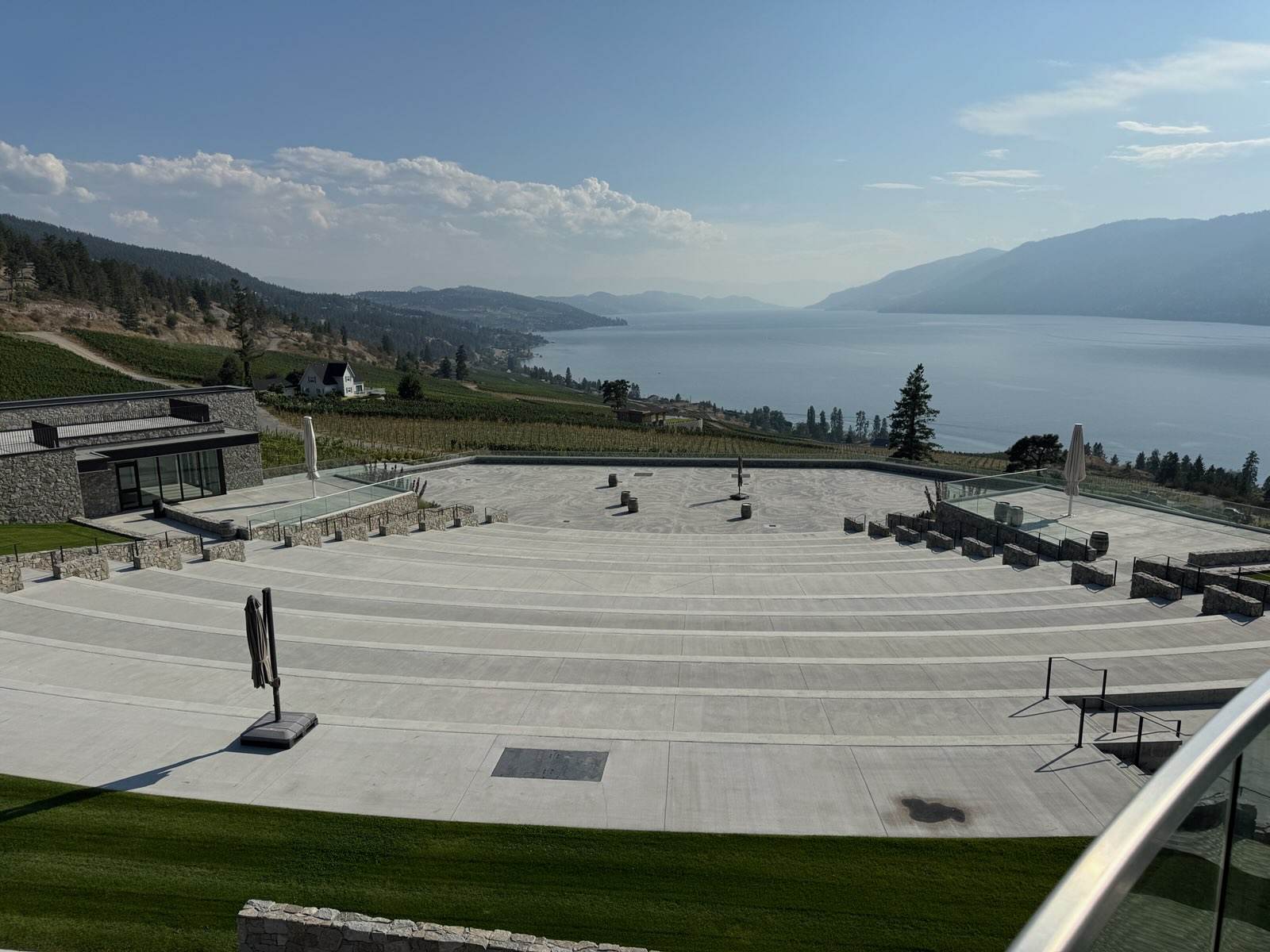
Here is a look at the four most noteworthy pinot noir-producing wineries in this sub-GI:
Gray Monk Estate Winery
Gray Monk is one of the five original estate wineries that pioneered the modern BC wine industry and is also one of the very few wineries in the country where four generations of the family have been involved. The winery opened in 1982 near Okanagan Centre, a neighbourhood and formal ward within Lake Country, on the East shore of Okanagan Lake, just North of Kelowna, above the 50th parallel. Initially, Gray Monk focused exclusively on white grape varieties, but in the early 2000s, it added red varieties to its lineup. The grapes for their pinot noirs are primarily sourced from estate vineyards, with additional grapes sourced from throughout the Okanagan Valley. The price is often among the most modest local pinot noir. Gray Monk Estate Winery was acquired by Andrew Peller Ltd. in 2017.
Arrowleal Cellars
Arrowleaf Cellars was founded in 2001 by the Zuppiger family, who emigrated to Canada from Switzerland and in 1997 purchased the properties that would become Arrowleaf Cellars, the second winery in Lake Country. The family still owns and operates the winery today, known for the purity of its fruit flavours. They produce both an estate pinot noir and a reserve version called Solstice. They have won numerous gold medals for their pinot noirs at the annual Mondial des Pinots as well as a platinum award for pinot noir at the 2020 British Columbia Lieutenant Governor's Wine Awards.
50th Parallel Estate Winery
50th Parallel Winery, located at the very northern reach of the Lake Country sub-GI, was founded by Curtis Krouzel and his wife, Sherri-Lee Turner-Krouzel, in 2008. They began planting vines in 2009. The property had been a vineyard for Jordan & Ste. Michelle, but the vines were pulled out in 1988. The winery is located near Carr's Landing and is actually above the 50th parallel, a location at the limit of the generally accepted latitude range for wine production. Pinot noir was uppermost in Curtis and Sherri-Lee's minds when the winery was established, and most of the vineyards created since 2009 have been planted to pinot noir vines that include Dijon clones: 115, 114, 777, 667, 828 and 943. Both their estate pinot noir and reserve pinot noir, called Unparalleled, are made from a blend of estate fruit. The gravity flow winery was constructed to treat pinot noir gently, the way it likes. For a decade, the winemaking was helmed by Grant Stanley, a pinot noir specialist. The first vintage of their red pinot noir was in 2011
O'Rourke Peak Cellars
This Lake Country winery is owned by Edmonton businessman Dennis O'Rourke, a very successful heavy construction contractor in Alberta. No expense has been spared to make it a destination winery, including a meticulously planned and fully equipped winemaking facility. Pinot noir is the particular focus. O'Rourke Peak Cellars, a 75-acre vineyard, opened in 2017 with a south-facing slope. Chief Winemaker Stephanie Stanley is well known for her aromatic white wiens and high-quality pinot and chardonnay at affordable prices.
O'Rourke Family Estate
Chief Winemaker Stephanie Stanley has recently also taken charge of the wines at OFE, most of which are cool-climate chardonnay and pinot noir yet to be released. The winery is literally chiselled out of the rock above Carrs Landing. In all, there are 100 acres of estate vineyards, hectares of pinot noir and chardonnay vines in the ground, and 300 metres of underground cellars waiting to age the finished bottles.. The winery also acquired 143 acres above Skaha Lake, next to Painted Rock. The plan is to plant red Bordeaux varieties in the spring of 2026.

 quicksearch
quicksearch

